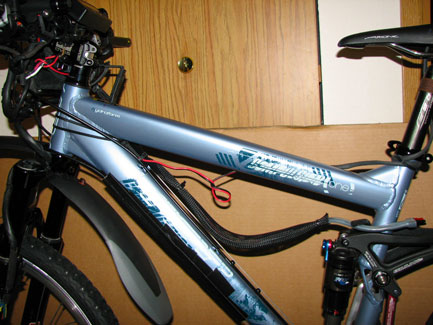Regarding cable housing compression, there are at least two types of cable housing. One is made with a bunch of parallel straight thick steel strands, arranged in a tube, with the liner tube inside that and a jacket tube outside that. Those basically don't compress at all unless teh jacket is failing and not constraining the strands.
The other is made from a spiral of usually flat steel, non-overlapping, and the cheap ones at least often have some tiny gap along the spiral wind. So even if the liner or the jacket don't have a problem, and is all new, putting pressure on each end of the housing can compress the housing just a tiny bit on each spiral pass down the tube--that means the longer the cable housing is, the more compression length there will be in total. If it's long enough, then it's very noticeable especially in braking.
I prefer the stranded vs the spiral types for both brakes and shifters, but I have been told by various people that one type is for brakes and the other for shifters--I don't remember which is which, but I don't like the spiral type on either one because of the compression problem.
FWIW, I just about always stick a length of housing over the bare sections of cable on a frame, mostly so I can strap things over it without worry. Occasionally I run into a sticky shifter in teh rear because of it, since very fine dust and dirt gets down in there from our AZ desert air, and gums up the works. In situations like that, I take the entire cable off the bike's cable stays and either replace it with a single lenght of housing for the entire run, if I have one that long (very rare) or I more commonly use enough shorter capped lengths of housing butted together and then taped over the caps to prevent debris ingress, totalling up to the same length as the orignal run, and then just tie the housing to the bike frame in one of several possible ways.







